 With graduation season is upon us, today’s edition of How on Earth is the second of a two-part annual “Graduation Special”. Our guests in the studio today are scientists who will receive their Ph.D. in a STEM-related field. They talk about their thesis research, their grad school experiences, and what they have planned next.
With graduation season is upon us, today’s edition of How on Earth is the second of a two-part annual “Graduation Special”. Our guests in the studio today are scientists who will receive their Ph.D. in a STEM-related field. They talk about their thesis research, their grad school experiences, and what they have planned next.
 HyunJoo Oh – CU Boulder, ATLAS Institute
HyunJoo Oh – CU Boulder, ATLAS Institute
Topic: Computational Design Tools and Techniques for Paper Mechatronics
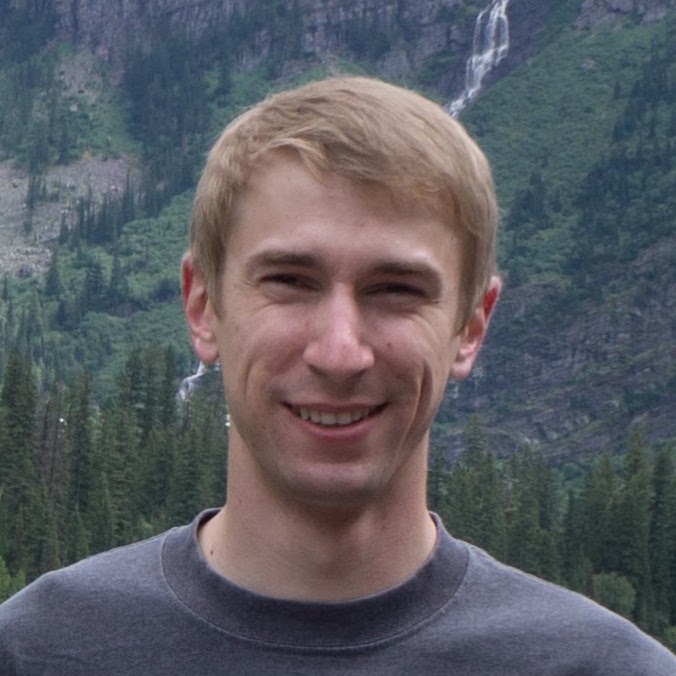 Nathan Parrish – CU Boulder, Department of Aerospace Engineering Sciences
Nathan Parrish – CU Boulder, Department of Aerospace Engineering Sciences
Topic: Low Thrust Optimization in Cislunar and Translunar Space
 Diana Perry – Stockholm University, Department of Ecology, Environment and Plant Sciences
Diana Perry – Stockholm University, Department of Ecology, Environment and Plant Sciences
Topic: Swedish Seagrass Ecosystems in a Changing Climate: Coastal Connectivity and Global Change Sensitivity
Host / Producer / Engineer : Joel Parker
Listen to the show:
Podcast: Play in new window | Download (Duration: 27:46 — 25.4MB)
Subscribe: RSS




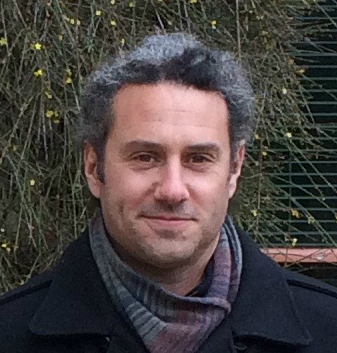 Oliver Paine
Oliver Paine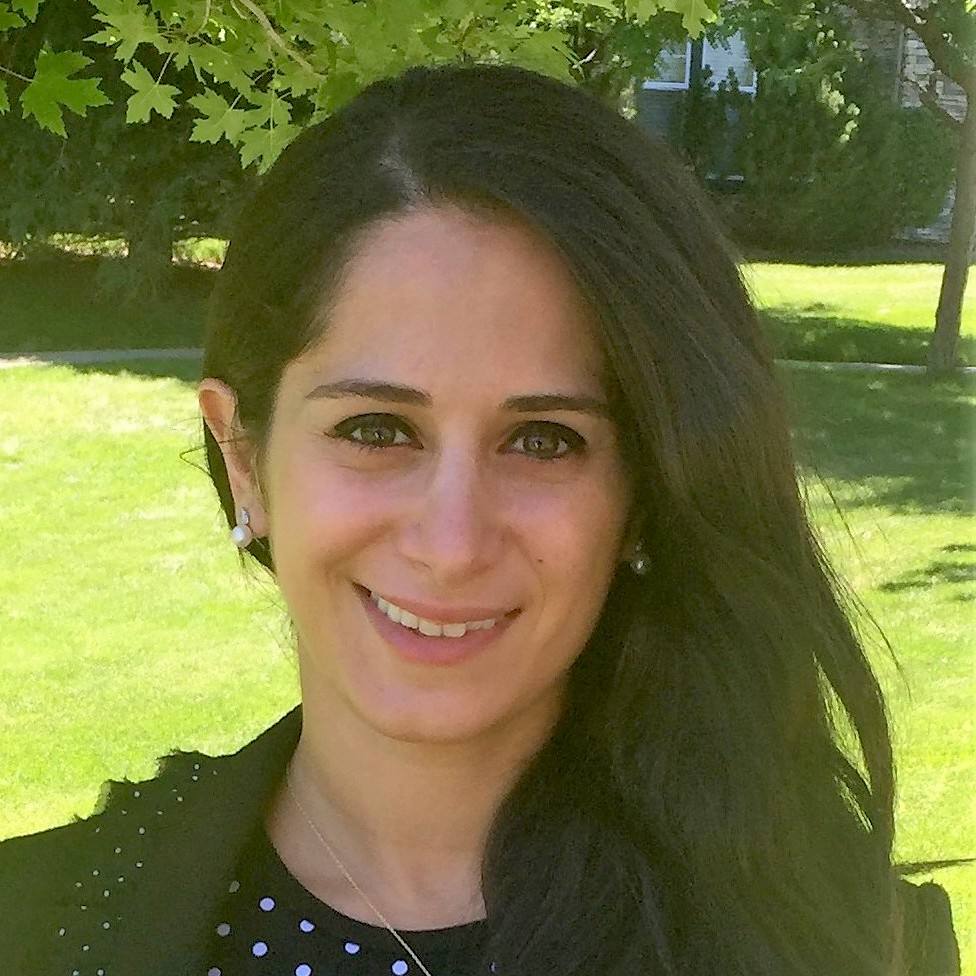 Diba Mani
Diba Mani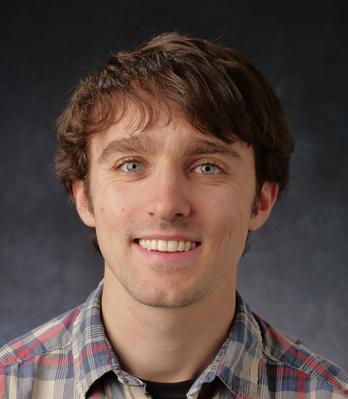 John Nardini
John Nardini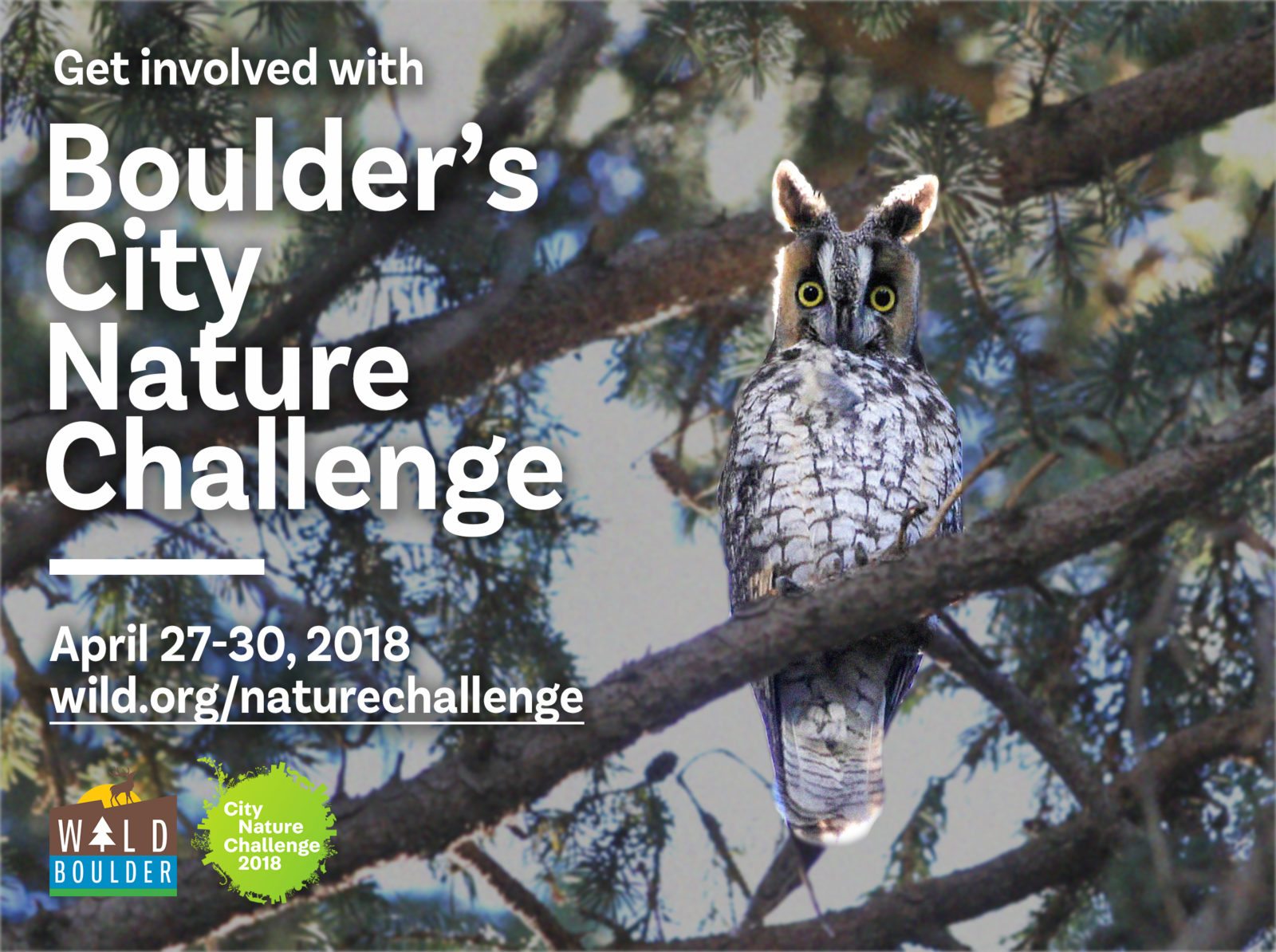
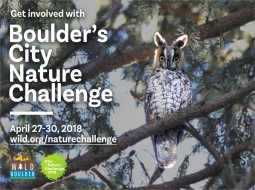 Attention all Nature Lovers and Amateur Naturalists, Friday April 27th kicks of the
Attention all Nature Lovers and Amateur Naturalists, Friday April 27th kicks of the 
 New Theory of How Cancer Evolves Inside Us (start time: 0:58): It is commonly known that cancer afflicts old people more than youth. Conventional wisdom has held we get cancer with age largely because we accumulate lots of genetic mutations over many years, and it’s the mutations that cause cancer. Our guest,
New Theory of How Cancer Evolves Inside Us (start time: 0:58): It is commonly known that cancer afflicts old people more than youth. Conventional wisdom has held we get cancer with age largely because we accumulate lots of genetic mutations over many years, and it’s the mutations that cause cancer. Our guest, 
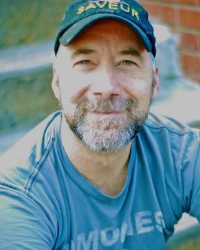



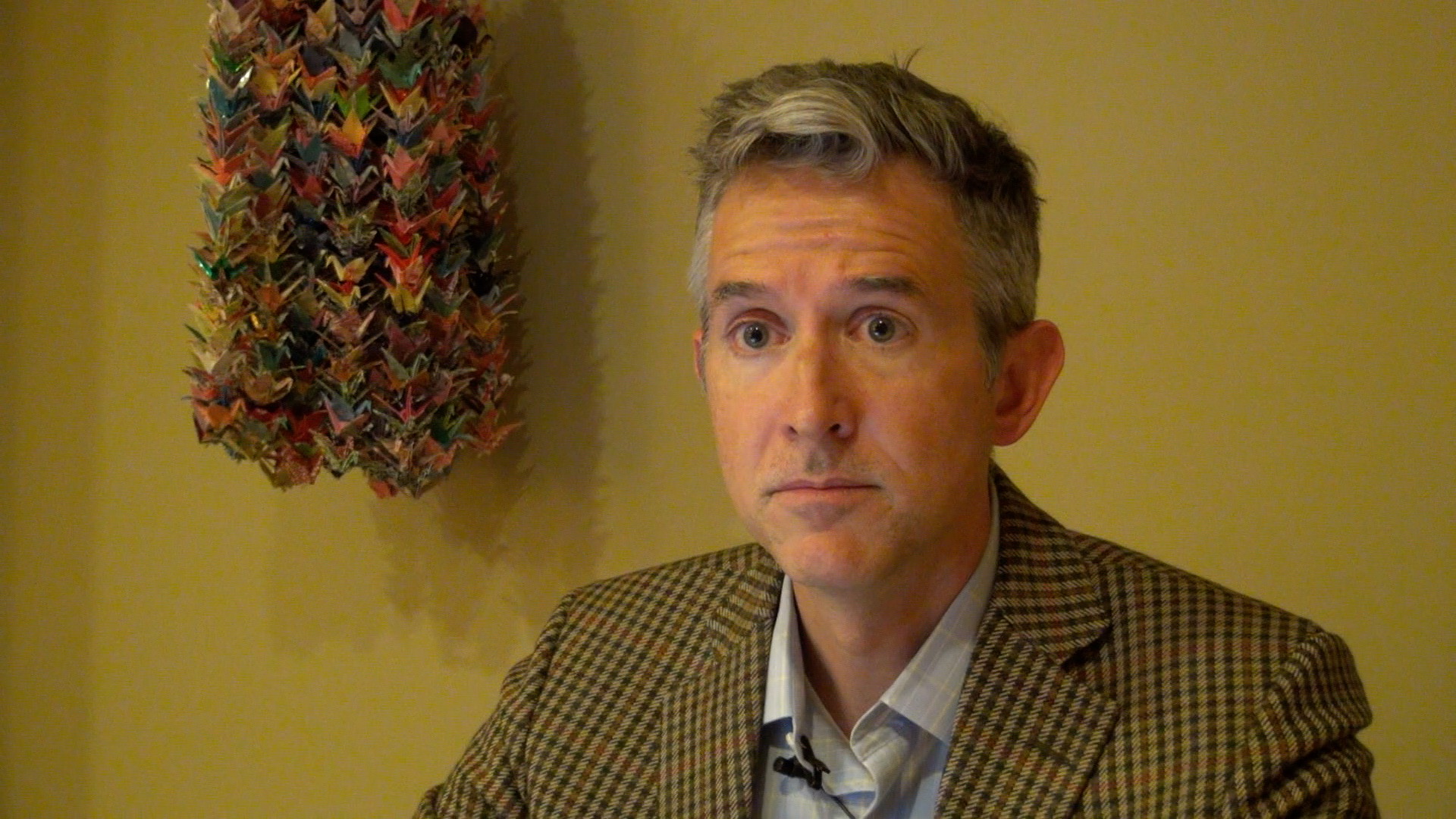
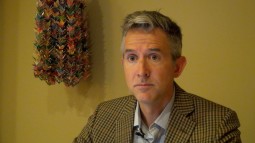
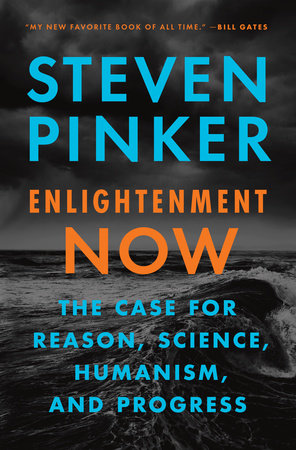
 You may be among many who wistfully harken back to the “golden days” of the past. For some people the past does look rosier, or perhaps the present looks grim, but, according to
You may be among many who wistfully harken back to the “golden days” of the past. For some people the past does look rosier, or perhaps the present looks grim, but, according to 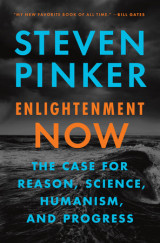 Today’s pledge-drive show features parts of our recent interview with Steven Pinker.
Today’s pledge-drive show features parts of our recent interview with Steven Pinker.
